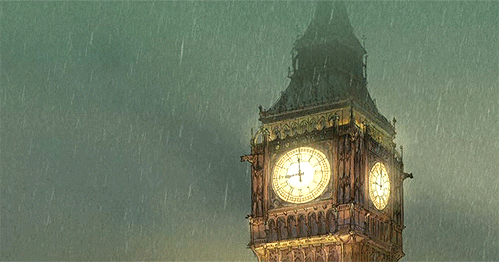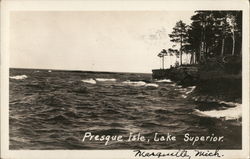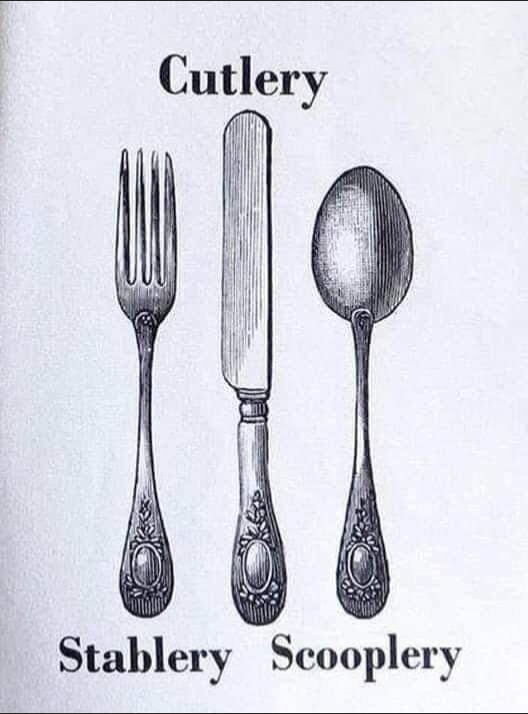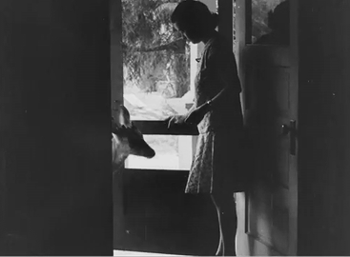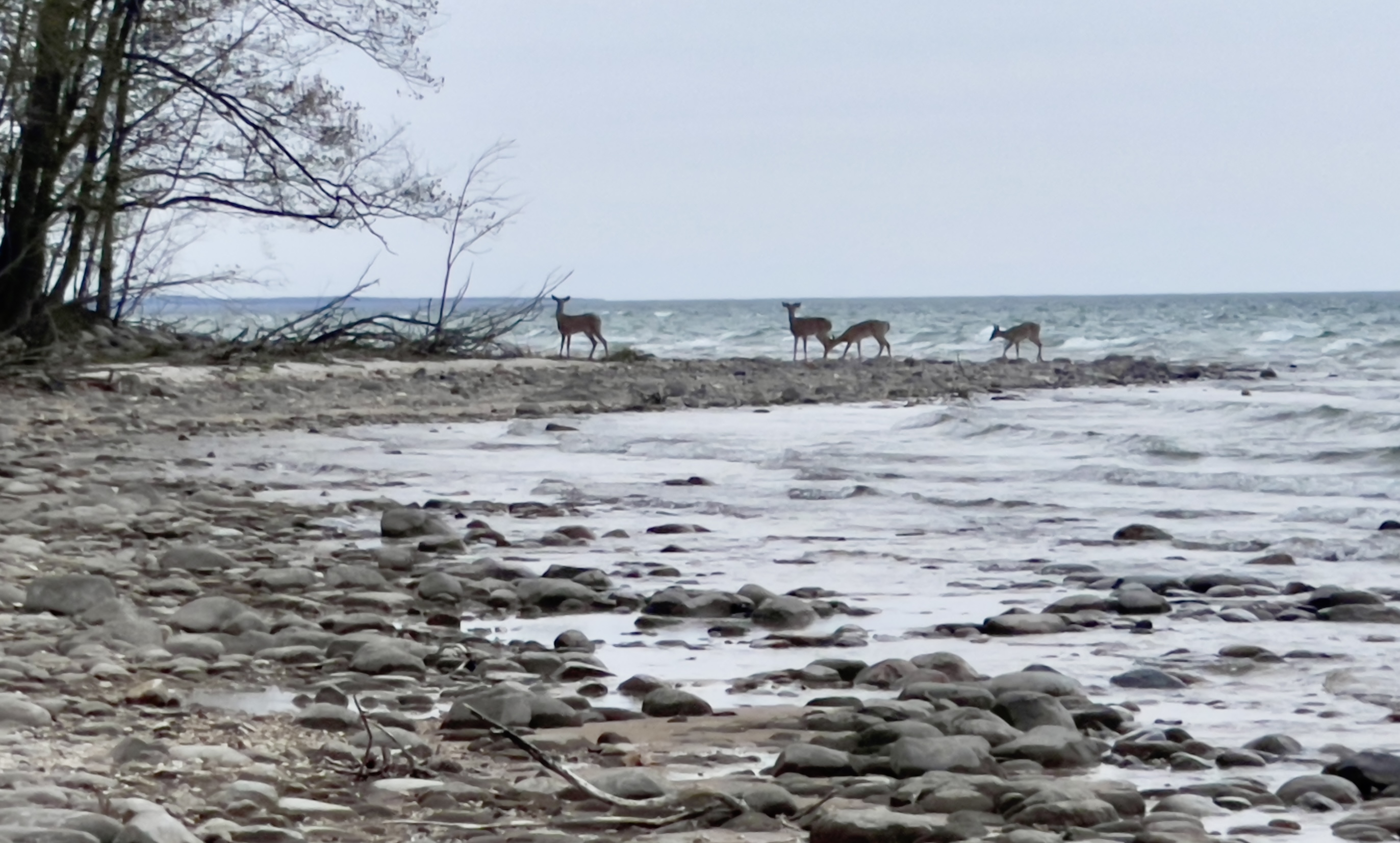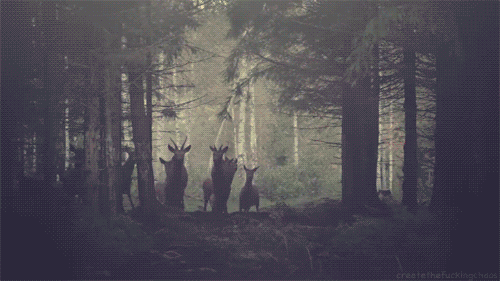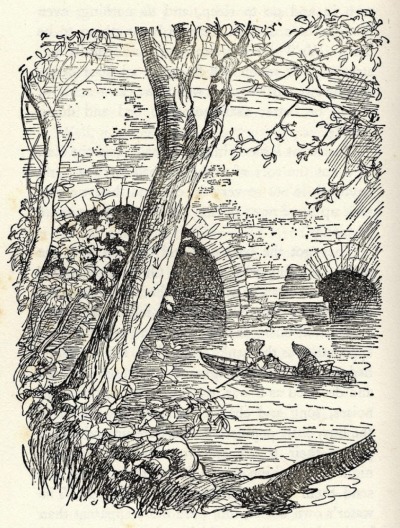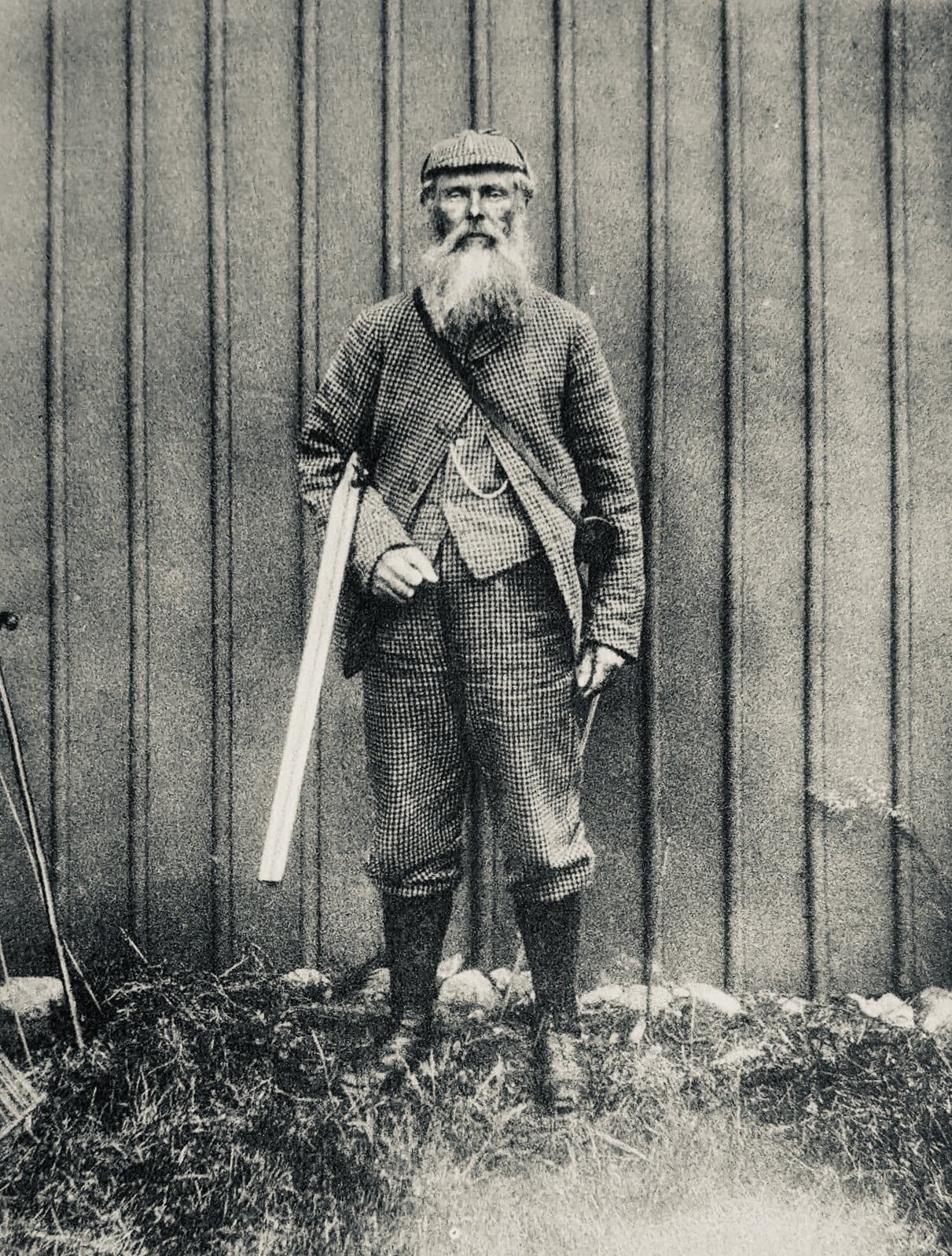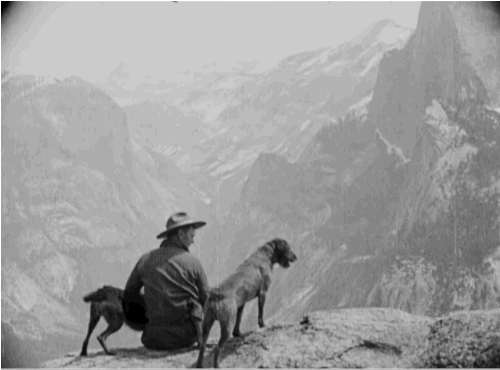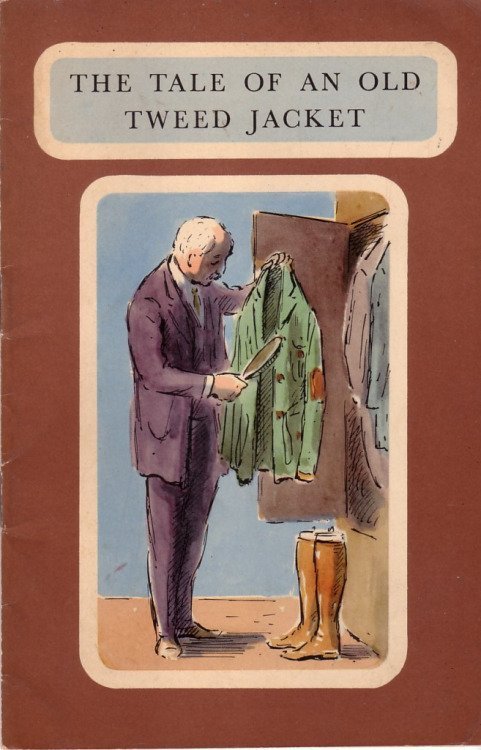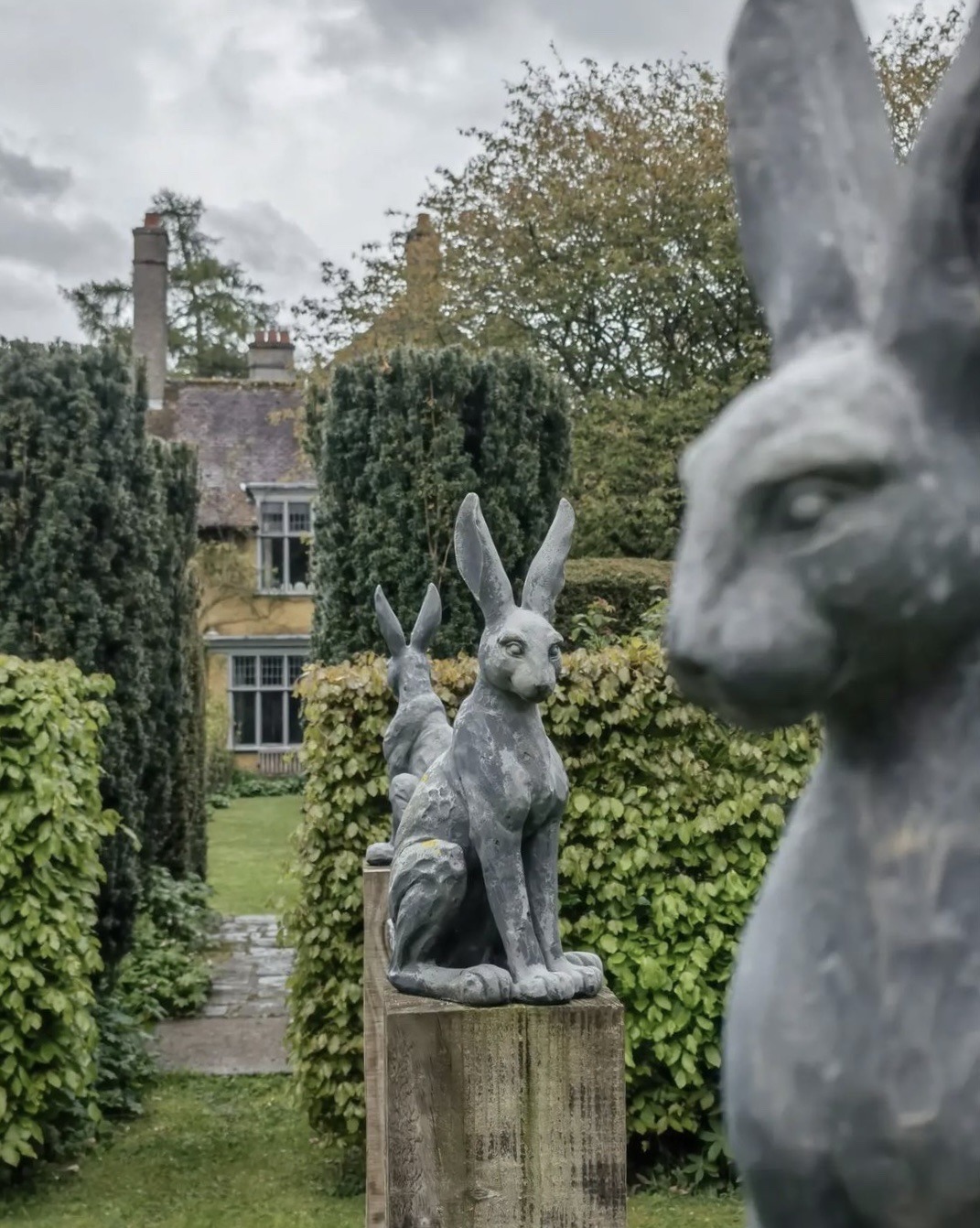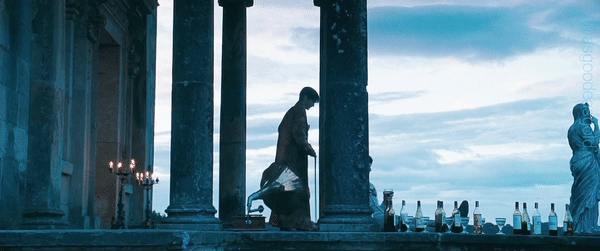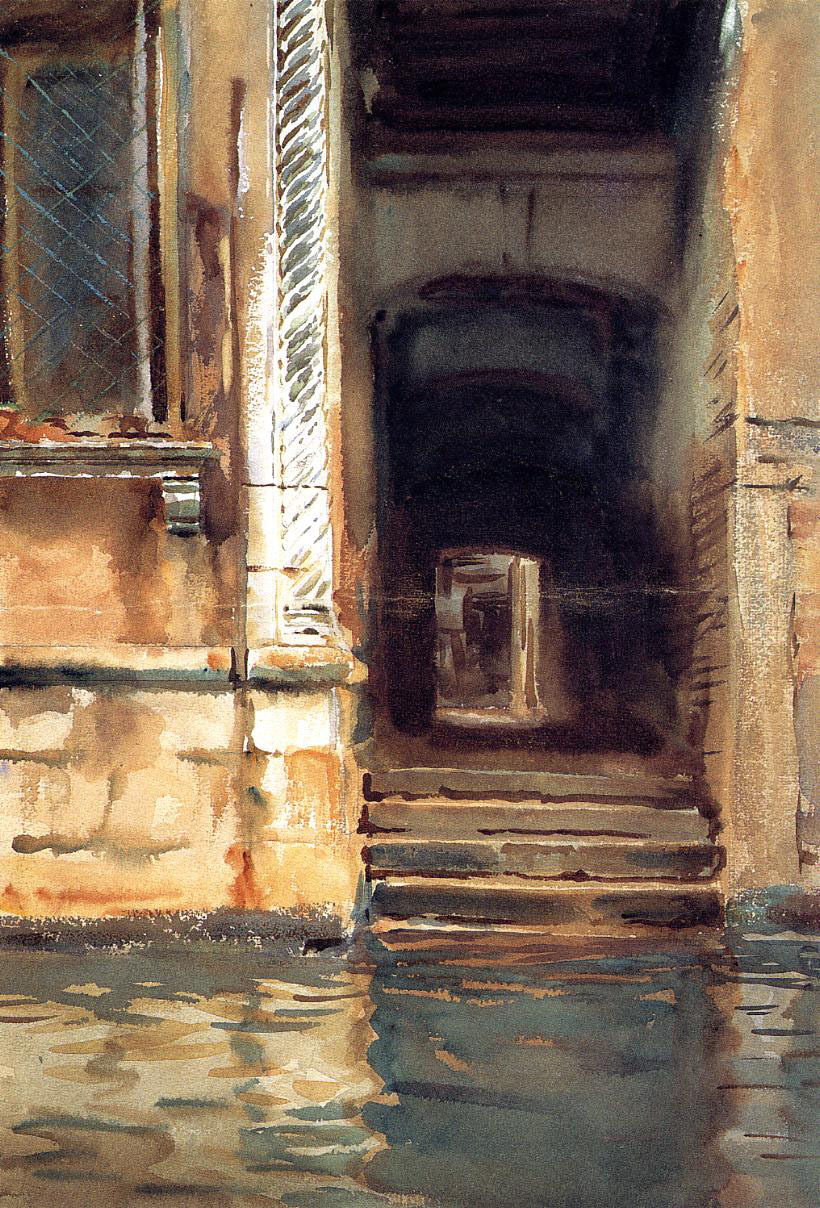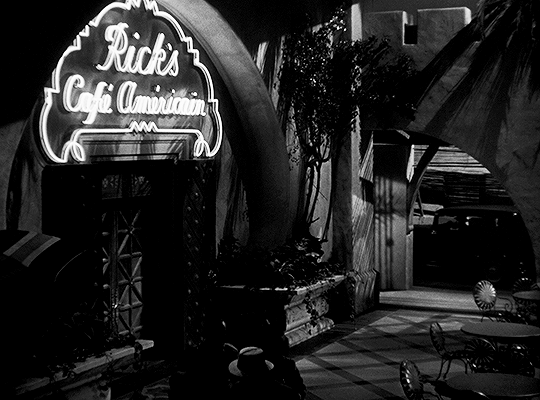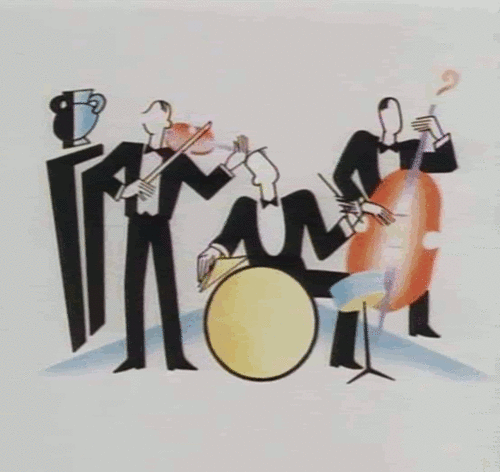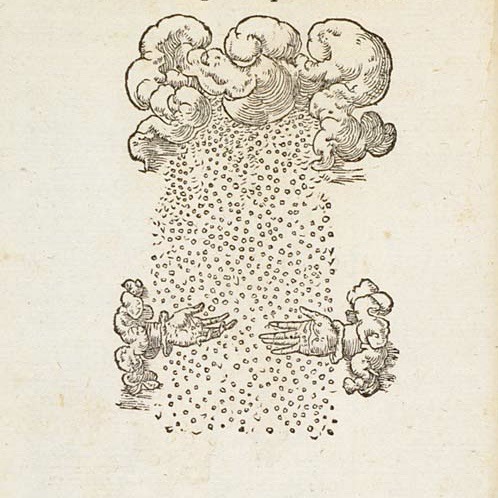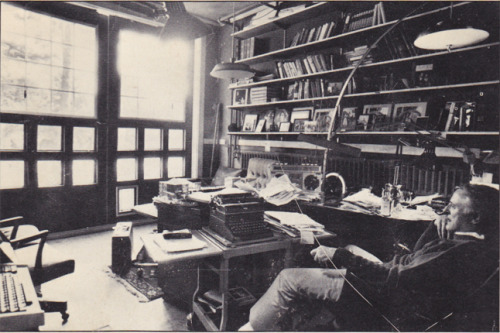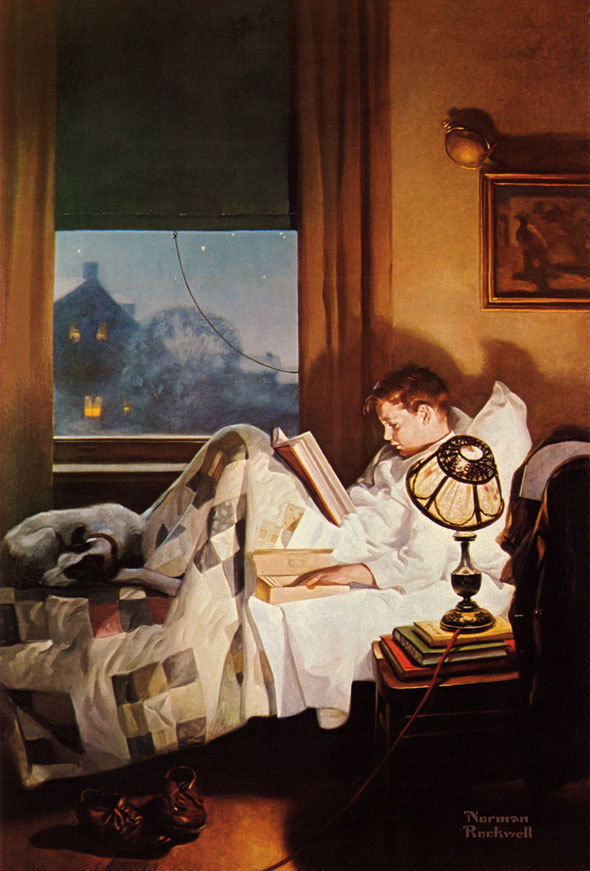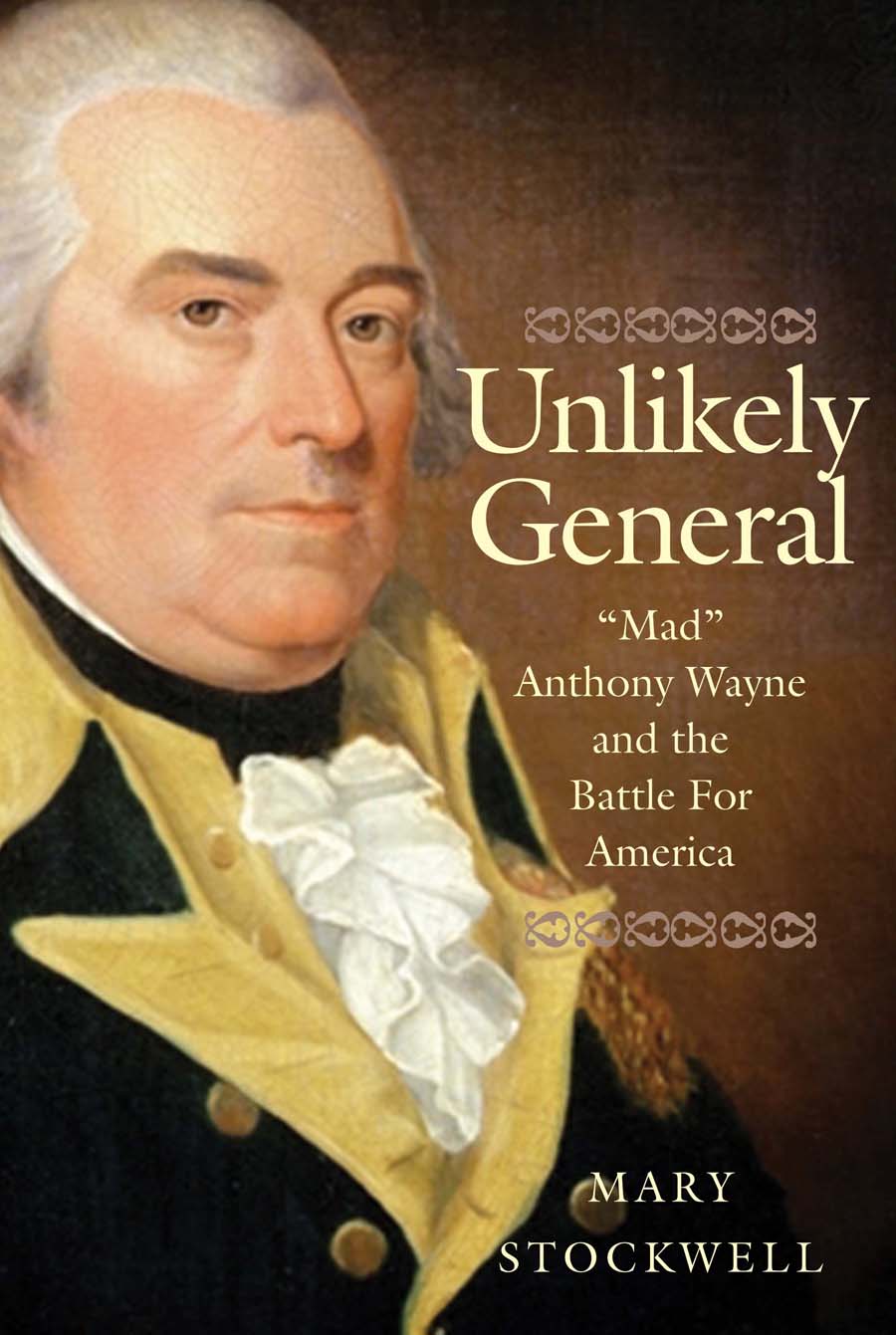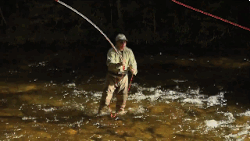31 July 2012
Pause.
Wyeth, Big Room, 1948

The Slowness Ritual
Modern life has a tendency of becoming rushed, of moving from one appointment to the next, one email to the next, until our days are a blur. I find tea to be perfect for helping me to slow down, to return to the natural rhythm of life.
So in the afternoon, when things become rushed, I pause. I put some loose, whole-leaf tea (a sencha or an oolong) into a small teapot as the water heats up. I take a moment to enjoy the sight of the consistency of the leaves, hand-picked by farmers from small farms in Japan or Taiwan, and breathe on the leaves to evoke their fragrance.
I pour just a teacupfull of water into the pot, and pay attention to my breath as the tea steeps for about 30 seconds (I like the tea lighter, not bitter). This breathwatching is a short meditation, like the rest of the ritual.
I pour the slightly steeped tea into a small cup, about half the size of my fist. I savor the color, texture, smell, and try to see what aromas I can detect (I’m not very good at this).
Then I sip. The first sip is a revelation, as the rushed world fades away and the delicate tea hits my tongue, washing it in its warmth and with flavors that began their journey in the earth, thousands of miles away in a country that has been doing this for a millenium or two.
The tea is not overpowering, but subtle. It is mostly water, with only a slight essence of the leaves infused into the liquid, so timid that I have to really pay attention to notice it at all.
The moment is entirely floating in this whisper of a broth, slowed by the hesitation of my attention as it stops its monkeying around and starts to enjoy the stillness.
Read more about other tea rituals at Zen Habits.
The Slowness Ritual
Modern life has a tendency of becoming rushed, of moving from one appointment to the next, one email to the next, until our days are a blur. I find tea to be perfect for helping me to slow down, to return to the natural rhythm of life.
So in the afternoon, when things become rushed, I pause. I put some loose, whole-leaf tea (a sencha or an oolong) into a small teapot as the water heats up. I take a moment to enjoy the sight of the consistency of the leaves, hand-picked by farmers from small farms in Japan or Taiwan, and breathe on the leaves to evoke their fragrance.
I pour just a teacupfull of water into the pot, and pay attention to my breath as the tea steeps for about 30 seconds (I like the tea lighter, not bitter). This breathwatching is a short meditation, like the rest of the ritual.
I pour the slightly steeped tea into a small cup, about half the size of my fist. I savor the color, texture, smell, and try to see what aromas I can detect (I’m not very good at this).
Then I sip. The first sip is a revelation, as the rushed world fades away and the delicate tea hits my tongue, washing it in its warmth and with flavors that began their journey in the earth, thousands of miles away in a country that has been doing this for a millenium or two.
The tea is not overpowering, but subtle. It is mostly water, with only a slight essence of the leaves infused into the liquid, so timid that I have to really pay attention to notice it at all.
The moment is entirely floating in this whisper of a broth, slowed by the hesitation of my attention as it stops its monkeying around and starts to enjoy the stillness.
Read more about other tea rituals at Zen Habits.
Learn.
The Call to Learn
When Clifford Stoll speaks, you can't help but listen. Full of restless energy, he jumps from one topic to the next, darting back and forth across the stage. You may not be sure where he's going, but the ride is always part of the adventure.
An astronomer (though his astronomy career took a turn when he noticed a bookkeeping error that ultimately led him to track down a notorious hacker), researcher and internationally recognized computer security expert -- who happens to be a vocal critic of technology -- Stoll makes a sharp, witty case for keeping computers out of the classroom. Currently teaching college-level physics to eighth graders at a local school, he stays busy in his spare time building Klein bottles.
In this talk, Stoll makes a sharp, witty case for keeping computers out of the classroom. Currently teaching college-level physics to eighth graders at a local school, in this talk, he shares intriguing ideas on why we want to learn.
All truth is one. In this light may science and religion labor here together for the steady evolution of mankind from darkness to light; from prejudice to tolerance; from narrowness to broadmindedness.
I am the voice of life; I call you: Come and learn.
When Clifford Stoll speaks, you can't help but listen. Full of restless energy, he jumps from one topic to the next, darting back and forth across the stage. You may not be sure where he's going, but the ride is always part of the adventure.
An astronomer (though his astronomy career took a turn when he noticed a bookkeeping error that ultimately led him to track down a notorious hacker), researcher and internationally recognized computer security expert -- who happens to be a vocal critic of technology -- Stoll makes a sharp, witty case for keeping computers out of the classroom. Currently teaching college-level physics to eighth graders at a local school, he stays busy in his spare time building Klein bottles.
In this talk, Stoll makes a sharp, witty case for keeping computers out of the classroom. Currently teaching college-level physics to eighth graders at a local school, in this talk, he shares intriguing ideas on why we want to learn.
All truth is one. In this light may science and religion labor here together for the steady evolution of mankind from darkness to light; from prejudice to tolerance; from narrowness to broadmindedness.
I am the voice of life; I call you: Come and learn.
3.
We have to keep the wolf from the door… We tell stories to continue ourselves. We all think an exception is going to be made in our case, and we’re going to live forever. And being a human is actually arriving at the understanding that that’s not going to be. Story is there to just remind us that it’s just okay.
- Ken Burns
Go to Brain Pickings for the rest of the story.
- Ken Burns
Go to Brain Pickings for the rest of the story.
Seer.
30 July 2012
Ray Wylie Hubbard, "Mother Blues"
And the days that I keep my gratitude higher than my expectations
Well, I have really good days
Well, I have really good days
Discover.
Infinity.
Sanctuaries.
Chatham, Landscape of a Dark Forest, 1988
For me, trees have always been the most penetrating preachers. I revere them when they live in tribes and families, in forests and groves. And even more I revere them when they stand alone. They are like lonely persons. Not like hermits who have stolen away out of some weakness, but like great, solitary men, like Beethoven and Nietzsche. In their highest boughs the world rustles, their roots rest in infinity; but they do not lose themselves there, they struggle with all the force of their lives for one thing only: to fulfill themselves according to their own laws, to build up their own form, to represent themselves. Nothing is holier, nothing is more exemplary than a beautiful, strong tree. When a tree is cut down and reveals its naked death-wound to the sun, one can read its whole history in the luminous, inscribed disk of its trunk: in the rings of its years, its scars, all the struggle, all the suffering, all the sickness, all the happiness and prosperity stand truly written, the narrow years and the luxurious years, the attacks withstood, the storms endured. And every young farm boy knows that the hardest and noblest wood has the narrowest rings, that high on the mountains and in continuing danger the most indestructible, the strongest, the ideal trees grow.
Trees are sanctuaries. Whoever knows how to speak to them, whoever knows how to listen to them, can learn the truth. They do not preach learning and precepts, they preach, undeterred by particulars, the ancient law of life.
A tree says: A kernel is hidden in me, a spark, a thought, I am life from eternal life. The attempt and the risk that the eternal mother took with me is unique, unique the form and veins of my skin, unique the smallest play of leaves in my branches and the smallest scar on my bark. I was made to form and reveal the eternal in my smallest special detail.
A tree says: My strength is trust. I know nothing about my fathers, I know nothing about the thousand children that every year spring out of me. I live out the secret of my seed to the very end, and I care for nothing else.
When we are stricken and cannot bear our lives any longer, then a tree has something to say to us: Be still! Be still! Look at me! Life is not easy, life is not difficult. Those are childish thoughts. Home is neither here nor there. Home is within you, or home is nowhere at all.
A longing to wander tears my heart when I hear trees rustling in the wind at evening. If one listens to them silently for a long time, this longing reveals its kernel, its meaning. It is not so much a matter of escaping from one’s suffering, though it may seem to be so. It is a longing for home, for a memory of the mother, for new metaphors for life. It leads home. Every path leads homeward, every step is birth, every step is death, every grave is mother.
So the tree rustles in the evening, when we stand uneasy before our own childish thoughts: Trees have long thoughts, long-breathing and restful, just as they have longer lives than ours. They are wiser than we are, as long as we do not listen to them. But when we have learned how to listen to trees, then the brevity and the quickness and the childlike hastiness of our thoughts achieve an incomparable joy. Whoever has learned how to listen to trees no longer wants to be a tree. He wants to be nothing except what he is. That is home. That is happiness.
- Hermann Hesse
Thank you, Lost in thoughts.
For me, trees have always been the most penetrating preachers. I revere them when they live in tribes and families, in forests and groves. And even more I revere them when they stand alone. They are like lonely persons. Not like hermits who have stolen away out of some weakness, but like great, solitary men, like Beethoven and Nietzsche. In their highest boughs the world rustles, their roots rest in infinity; but they do not lose themselves there, they struggle with all the force of their lives for one thing only: to fulfill themselves according to their own laws, to build up their own form, to represent themselves. Nothing is holier, nothing is more exemplary than a beautiful, strong tree. When a tree is cut down and reveals its naked death-wound to the sun, one can read its whole history in the luminous, inscribed disk of its trunk: in the rings of its years, its scars, all the struggle, all the suffering, all the sickness, all the happiness and prosperity stand truly written, the narrow years and the luxurious years, the attacks withstood, the storms endured. And every young farm boy knows that the hardest and noblest wood has the narrowest rings, that high on the mountains and in continuing danger the most indestructible, the strongest, the ideal trees grow.
Trees are sanctuaries. Whoever knows how to speak to them, whoever knows how to listen to them, can learn the truth. They do not preach learning and precepts, they preach, undeterred by particulars, the ancient law of life.
A tree says: A kernel is hidden in me, a spark, a thought, I am life from eternal life. The attempt and the risk that the eternal mother took with me is unique, unique the form and veins of my skin, unique the smallest play of leaves in my branches and the smallest scar on my bark. I was made to form and reveal the eternal in my smallest special detail.
A tree says: My strength is trust. I know nothing about my fathers, I know nothing about the thousand children that every year spring out of me. I live out the secret of my seed to the very end, and I care for nothing else.
When we are stricken and cannot bear our lives any longer, then a tree has something to say to us: Be still! Be still! Look at me! Life is not easy, life is not difficult. Those are childish thoughts. Home is neither here nor there. Home is within you, or home is nowhere at all.
A longing to wander tears my heart when I hear trees rustling in the wind at evening. If one listens to them silently for a long time, this longing reveals its kernel, its meaning. It is not so much a matter of escaping from one’s suffering, though it may seem to be so. It is a longing for home, for a memory of the mother, for new metaphors for life. It leads home. Every path leads homeward, every step is birth, every step is death, every grave is mother.
So the tree rustles in the evening, when we stand uneasy before our own childish thoughts: Trees have long thoughts, long-breathing and restful, just as they have longer lives than ours. They are wiser than we are, as long as we do not listen to them. But when we have learned how to listen to trees, then the brevity and the quickness and the childlike hastiness of our thoughts achieve an incomparable joy. Whoever has learned how to listen to trees no longer wants to be a tree. He wants to be nothing except what he is. That is home. That is happiness.
- Hermann Hesse
Thank you, Lost in thoughts.
See.
Architectural Digest goes to Ghost Ranch ...

I wish you could see what I see out the window—the earth pink and yellow cliffs to the north—the full pale moon about to go down in an early morning lavender sky ... pink and purple hills in front and the scrubby fine dull green cedars—and a feeling of much space—It is a very beautiful world.
- Georgia O'Keeffe
See and feel the rest here.
I wish you could see what I see out the window—the earth pink and yellow cliffs to the north—the full pale moon about to go down in an early morning lavender sky ... pink and purple hills in front and the scrubby fine dull green cedars—and a feeling of much space—It is a very beautiful world.
- Georgia O'Keeffe
See and feel the rest here.
Scope.
Kent, Starlight, 1930

What does 5 seconds mean to you in the scope of 10 years?
Think big at Big Think.
Thanks for the guidance, Execupundit.
What does 5 seconds mean to you in the scope of 10 years?
Think big at Big Think.
Thanks for the guidance, Execupundit.
Travel.
Homer, Ile Malin, 1897

Heading off on a river at peace in the cool of an evening
Heading off on a river of light, be part of a river at night
Nice to be on a river sometimes, like a June bug traveling
Heading off on a ribbon of song, been away from the river too long
Good to be on a river somewhere, like a milkweed traveling
Heading off on a ribbon of dreams, be a part of a river it seems
Can you tell me how long must I travel on?
- Gordon Lightfoot, from "River of Light"
Heading off on a river at peace in the cool of an evening
Heading off on a river of light, be part of a river at night
Nice to be on a river sometimes, like a June bug traveling
Heading off on a ribbon of song, been away from the river too long
Good to be on a river somewhere, like a milkweed traveling
Heading off on a ribbon of dreams, be a part of a river it seems
Can you tell me how long must I travel on?
- Gordon Lightfoot, from "River of Light"
Pursuit.
In this age, which believes that there is a short cut to everything, the greatest lesson to be learned is that the most difficult way is, in the long run, the easiest. All that is set forth in books, all that seems so terribly vital and significant, is but an iota of that from which it stems and which it is within everyone’s power to tap. Our whole theory of education is based on the absurd notion that we must learn to swim on land before tackling the water. It applies to the pursuit of the arts as well as to the pursuit of knowledge. Men are still being taught to create by studying other men’s works or by making plans and sketches never intended to materialize. The art of writing is taught in the classroom instead of in the thick of life. Students are still being handed models which are supposed to fit all temperaments, all kinds of intelligence. No wonder we produce better engineers than writers, better industrial experts than painters.
- Henry Miller
More Miller at Brain Pickings.
Wonder.
Bernini, Damned Soul, 1619

"Stuff your eyes with wonder," he said, "live as if you'd drop dead in ten seconds. See the world. It's more fantastic than any dream made or paid for in factories. Ask no guarantees, ask for no security, there never was such an animal. And if there were, it would be related to the great sloth which hangs upside down in a tree all day every day, sleeping its life away. To hell with that," he said, "shake the tree and knock the great sloth down on his ass.'
- Ray Bradbury
"Stuff your eyes with wonder," he said, "live as if you'd drop dead in ten seconds. See the world. It's more fantastic than any dream made or paid for in factories. Ask no guarantees, ask for no security, there never was such an animal. And if there were, it would be related to the great sloth which hangs upside down in a tree all day every day, sleeping its life away. To hell with that," he said, "shake the tree and knock the great sloth down on his ass.'
- Ray Bradbury
Golden.
Panini, The Wedding at Cana, 1725

The exhibition, The Golden Age of Painting, 1600-1800, is now on view at the Flint Institute of Arts.
Tremendous changes swept Europe between 1600 and 1800, the years in which the art in this exhibition was produced. Religious upheavals changed the way people thought about and utilized art. Trade routes to faraway lands, such as China, India, and the New World to the West, became more established, ensuring a steady stream of exotic goods for European consumers. Advances in the sciences transformed long-held views on the way the universe worked and the place of man within that universe. Technical aspects of art making were honed and codified, as art academies grew in number and power.
These exciting times resulted in a golden age of European painting. The number of artists and the number of art collectors grew exponentially during this period, as the fine arts reached an increasingly wider audience. The Golden Age of Painting features art from this remarkable era, with examples by Peter Paul Rubens, Anthony van Dyck, Rembrandt van Rijn, Jacob van Ruisdael, William Hogarth, Thomas Gainsborough, Pompeo Batoni, and Jan van Os. Highlighting work from Italy, France, Flanders, The Netherlands, Germany, and England, this exhibition illustrates how the changes in religion and science, coupled with the economic growth that swept Europe in the 17th and 18th centuries, gave way to a period of prolific artistic creation.
Comprising the major genres of painting that were popular at this time—portraits, religious paintings, landscapes, scenes of everyday life, still lifes, and interpretations of classical antiquity—The Golden Age of Painting brings to light both the people and the objects that made the two centuries between 1600 and 1800 such a rich cultural age.
For more information, go to The Flint Institute of Arts.
Don't get caught short.
The exhibition, The Golden Age of Painting, 1600-1800, is now on view at the Flint Institute of Arts.
Tremendous changes swept Europe between 1600 and 1800, the years in which the art in this exhibition was produced. Religious upheavals changed the way people thought about and utilized art. Trade routes to faraway lands, such as China, India, and the New World to the West, became more established, ensuring a steady stream of exotic goods for European consumers. Advances in the sciences transformed long-held views on the way the universe worked and the place of man within that universe. Technical aspects of art making were honed and codified, as art academies grew in number and power.
These exciting times resulted in a golden age of European painting. The number of artists and the number of art collectors grew exponentially during this period, as the fine arts reached an increasingly wider audience. The Golden Age of Painting features art from this remarkable era, with examples by Peter Paul Rubens, Anthony van Dyck, Rembrandt van Rijn, Jacob van Ruisdael, William Hogarth, Thomas Gainsborough, Pompeo Batoni, and Jan van Os. Highlighting work from Italy, France, Flanders, The Netherlands, Germany, and England, this exhibition illustrates how the changes in religion and science, coupled with the economic growth that swept Europe in the 17th and 18th centuries, gave way to a period of prolific artistic creation.
Comprising the major genres of painting that were popular at this time—portraits, religious paintings, landscapes, scenes of everyday life, still lifes, and interpretations of classical antiquity—The Golden Age of Painting brings to light both the people and the objects that made the two centuries between 1600 and 1800 such a rich cultural age.
For more information, go to The Flint Institute of Arts.
Don't get caught short.
Now.
Until one is committed, there is hesitancy, the chance to draw back, always ineffectiveness, concerning all acts of initiative (and creation). There is one elementary truth the ignorance of which kills countless ideas and splendid plans: that the moment one definitely commits oneself, then Providence moves too. All sorts of things occur to help one that would never otherwise have occurred. A whole stream of events issues from the decision, raising in one’s favor all manner of unforeseen incidents and meetings and material assistance which no man could have dreamed would come his way. I learned a deep respect for one of Goethe's couplets: Whatever you can do or dream you can, begin it. Boldness has genius, power and magic in it. Begin it now.
- William Hutchinson Murray
29 July 2012
Nicest.
Sssssssstones.
The Rolling Stones concert movie, Let's Spend The Night Together, documenting their East Rutherford, New Jersey (5–6 November 1981) and Tempe, Arizona (13 December 1981) stops on their Tattoo You tour ...
Part 1
Part 2
Part 3
Part 4
Part 5
Part 6
It doesn't get any better than Keith and Ronnie, period.
Part 1
Part 2
Part 3
Part 4
Part 5
Part 6
It doesn't get any better than Keith and Ronnie, period.
Extra-base.

With a solo home run in the third inning of the Braves' 6-2 victory Sunday against the Phillies, Chipper Jones moved past Pete Rose and into second place on the all-time list of extra-base hits by a switch-hitter.
Read the rest at Atlanta Braves.
Chop ...
Building.
Witold Rybczynski shares the remarkable inside story of the planning, building, and use of the Sainsbury Centre for the Visual Arts at the University of East Anglia, designed by Norman Foster in the mid 1970s for Sir Robert and Lady Sainsbury’s private collection of paintings, drawings and sculptures. Rybczynski explores the nature of collecting and collections, the purpose and function of the art museum, the relationship between architect, client and sponsor, and the evolution and roots of late twentieth-century architecture.
Dreaming.
Place.
Wild Geese
You do not have to be good.
You do not have to walk on your knees
for a hundred miles through the desert, repenting.
You only have to let the soft animal of your body
love what it loves.
"Poet's Field"

Tell me about despair, yours, and I will tell you mine.
Meanwhile the world goes on.
Meanwhile the sun and the clear pebbles of the rain
are moving across the landscapes,
over the prairies and the deep trees,
the mountains and the rivers.
Meanwhile the wild geese, high in the clean blue air,
are heading home again.
"Hickory Grove"

Whoever you are, no matter how lonely,
the world offers itself to your imagination,
call to you like the wild geese, harsh and exciting –
"Deephaven"

over and over announcing your place
in the family of things.
- Mary Oliver
Thank you, Joan Kocak Photography.
Thank you, Veerle.
You do not have to be good.
You do not have to walk on your knees
for a hundred miles through the desert, repenting.
You only have to let the soft animal of your body
love what it loves.
"Poet's Field"
Tell me about despair, yours, and I will tell you mine.
Meanwhile the world goes on.
Meanwhile the sun and the clear pebbles of the rain
are moving across the landscapes,
over the prairies and the deep trees,
the mountains and the rivers.
Meanwhile the wild geese, high in the clean blue air,
are heading home again.
"Hickory Grove"
Whoever you are, no matter how lonely,
the world offers itself to your imagination,
call to you like the wild geese, harsh and exciting –
"Deephaven"
over and over announcing your place
in the family of things.
- Mary Oliver
Thank you, Joan Kocak Photography.
Thank you, Veerle.
Try.
van Gogh, Les Alpilles, Mountain Landscape near South-Reme, 1889

The best pictures are always those one dreams of when one is smoking a pipe in bed, but which never get done. But still one ought to try, however incompetent one may feel before the unspeakable perfection and radiant splendor of nature.
- Vincent van Gogh
The best pictures are always those one dreams of when one is smoking a pipe in bed, but which never get done. But still one ought to try, however incompetent one may feel before the unspeakable perfection and radiant splendor of nature.
- Vincent van Gogh
Intensity.
Direction.
Doisneau, The Penholder, 1956

Justin Tarte lists "Seven Principles of Great Leadership," from Kevin Leman and Bill Pentak's book, The Way of the Shepherd ...
5. The staff of direction
Know where you're going, get out in front, and keep your flock on the move.
When directing, use persuasion rather than coercion.
Give your people freedom of movement, but make sure they know where the fence line is. Don't confuse boundaries with bridles!
When your people get in trouble, go and get them out.
Remind your people that failure isn't fatal.
Read the rest at Life of an Educator.
Justin Tarte lists "Seven Principles of Great Leadership," from Kevin Leman and Bill Pentak's book, The Way of the Shepherd ...
5. The staff of direction
Know where you're going, get out in front, and keep your flock on the move.
When directing, use persuasion rather than coercion.
Give your people freedom of movement, but make sure they know where the fence line is. Don't confuse boundaries with bridles!
When your people get in trouble, go and get them out.
Remind your people that failure isn't fatal.
Read the rest at Life of an Educator.
Dissolves.
When it all comes together, something as mundane as climbing a big piece of rock can be no less than sublime, a magical dance in which there dissolves the boundary between doer and thing done. “I have stretched cords from steeple to steeple,” wrote Rimbaud, “garlands from window to window, chains of gold from star to star, and I dance.” He could have written that he climbed.
Read the rest at The Chronicle of Higher Learning.
Vivaldi.
Christophe Coin performs as Giovanni Antonini conducts Il Giardino Armonico in four cello concertos ...
1. Concerto in G major RV414
2. Concerto in A minor RV419
3. Concerto in F major RV410
4 .Concerto in E minor RV409
1. Concerto in G major RV414
2. Concerto in A minor RV419
3. Concerto in F major RV410
4 .Concerto in E minor RV409
28 July 2012
Lauren Bacall, "How Little We Know"
Hoagy Carmichael on piano ...
Bogey.
Tonight's main event ... To Have and Have Not.
Was you ever bit by a dead bee?
Was you ever bit by a dead bee?
Marxism.
Tonight's first feature is The Marx Brothers in Animal Crackers ...
Señor Emanuel Ravelli ...
Signor Emanuel Ravelli, "Somewhere My Love Lies Sleeping (with a male chorus)"
Gotta check the popcorn ...
Señor Emanuel Ravelli ...
Signor Emanuel Ravelli, "Somewhere My Love Lies Sleeping (with a male chorus)"
Gotta check the popcorn ...
Vivaldi, Concerto No. 3, “Il Gardellino,” Op. 10, No. 3, RV 428
Il Giardino Armonico performs the second Allegro ...
Benefits.
At her Harvard commencement speech, Harry Potter author JK Rowling offers some powerful, heartening advice to dreamers and overachievers, including the fringe benefits of failure and the importance of imagination.
Most.
We largely do what we do, and are what we are, by excluding those things we find distasteful. You reduce your life to those few things that you know are never going to quit. It is finally a mystery what keeps you so profoundly interested over so many years. The sum is far more than simply adding those separate parts. In the restorative quality there is the idea that as humans we get our power from the beauty we love most. And the sheer, unremitting physicality makes you lose for a while those fuzzy interior quarrels your head is addicted to, sitting as it does on the top of a Western man.
- Jim Harrison
Born.
Drinking Song
I want to die in the saddle. An enemy of civilization
I want to walk around in the woods, fish and drink.
I'm going to be a child about it and I can't help it, I was
born this way and it makes me very happy to fish and drink.
I left when it was still dark and walked on the path to the
river, the Yellow Dog, where I spent the day fishing and drinking.
After she left me and I quit my job and wept for a year and
all my poems were born dead, I decided I would only fish and drink.
Water will never leave earth and whiskey is good for the brain.
What else am I supposed to do in these last days but fish and drink?
In the river was a trout, and I was on the bank, my heart in my
chest, clouds above, she was in NY forever and I, fishing and drinking.
-Jim Harrison
Fish on!
Light.
Oaxaca, Putto Sitting on Book of Genesis (detail), 2012

Teresa Oaxaca is a contemporary artist specializing in the medium of traditional oil painting, drawing on a wide range of sources for inspiration and subject matter.
My work is about pleasing the eye. I paint light and the way it falls. Simple observation reveals beauty; often it is found in the unconventional. Because of this I have learned to take particular delight in unusual pairings of subject matter.
- Read the rest here.
Her Drawing and Painting Journal is here.

Teresa Oaxaca is a contemporary artist specializing in the medium of traditional oil painting, drawing on a wide range of sources for inspiration and subject matter.
My work is about pleasing the eye. I paint light and the way it falls. Simple observation reveals beauty; often it is found in the unconventional. Because of this I have learned to take particular delight in unusual pairings of subject matter.
- Read the rest here.
Her Drawing and Painting Journal is here.
Labels:
appreciation,
art,
learning,
noticing,
technique
Naturally.

Give the pupils something to do, not something to learn; and the doing is of such a nature as to demand thinking; learning naturally results.
- John Dewey
We are at a crossroads in this nation regarding the direction that public education will take in the coming decades. Do we focus on a curriculum that concentrates on a few core subjects or do we gain an appreciation for how public education can develop all aspects of the child to the benefit of each of them as well as society in general? Do we place test preparation ahead of actually educating our children and test scores ahead of broader and more holistic approaches to evaluating students' competencies? These questions lay at the heart of the current debate about the future of public education in America.
The recent Programme for International Student Assessment (PISA) results, which placed American children far down the rankings compared to students from other developed nations, sparked a firestorm of debate over what we must do to our public education system. Some commentators declared the results to be our Sputnik moment, prompting others to demand that we double down on the testing philosophy and regimen that emerged out of the No Child Left Behind legislation. At the same time, the results of the PISA research have provoked in many commentators more innovative thinking about what a public education system in America that is designed for the 21st century should look like.
What was pervasive throughout this debate has been a faulty assumption that our current education crisis boils down to a black-and-white choice between academic achievement or a holistic approach to teaching and learning. However, the very meaning of the word 'holistic' defies this presumption by encompassing the whole child including the intellectual, artistic, physical, social, emotional, spiritual, and civic development of students. A holistic approach brings together elements that support the development of a child who is healthy, knowledgeable, motivated, and engaged, seeking to ensure all that is required for successful life and preparation for society.
Read the rest at 21st Century Fluency Project.
Off-ramps.
We need off-ramps in our daily lives. Something to transition us properly from the freeway of deadlines and meetings and high speed action to something else - the yang to work's ying, or perhaps the reverse. We can't work all the time, after all, and that off-ramp is important. Without it, those worlds bleed over and we will neglect one without fail.
Wise instruction from Cultural Offering.
Own.
Vivaldi, Concerto No. 2 in G minor, Op. 8, RV 315, "Summer"
Real.
Chabot, Camping with Georgia, 1944

“It is only by deduction, by elimination, by emphasis, that we get at the real meaning of things.
- Georgia O’Keeffe
Thanks, River Like A Hole.
Most of all, thank you, Zoë!
“It is only by deduction, by elimination, by emphasis, that we get at the real meaning of things.
- Georgia O’Keeffe
Thanks, River Like A Hole.
Most of all, thank you, Zoë!
Vivaldi, Concerto in G Major, Largo, RV 425
Filomena Moretti performs on the guitar ...
Pregame.
In Donald Hall’s wonderful book, Fathers Playing Catch With Sons, the nationally renowned writer and poet offered this description of watching pregame practice at Tiger Stadium when he was a professor at the University of Michigan over thirty five years ago:
It’s the old world, Tiger Stadium, as baseball is. It’s Hygrade Ball-Park Franks, the smell of fat and mustard, popcorn and spilled beer…….Balls arch softly from the fungoes, and the fly-shaggers arch them back toward home plate. Batting practice. Infield practice. Pepper. The pitchers loosening up between the dugout and the bullpen. We always get there early….
For me, it was a thrill to watch batting practice at Tiger Stadium and to hear the constant crack of the bat from the batting cage echoing behind home plate since many of those seats were empty two hours before game time. (At Comerica that wonderful sound can barely be heard because it is drowned out by extremely loud music.)
Read the rest at The Detroit Athletic Co.
Fountainhead.
27 July 2012
DragonBox.
All right, kids! Raise your hand if you like algebra! Hmmm. Now, raise your hands if you like Angry Birds! I see. What if I were to tell you that Angry Birds had been surpassed in the App Store — by a game that involves solving algebra equations? Because that’s what DragonBox did.
Do I have your attention now?
Read the rest at Wired.
DragonBox is here.
Thanks, Execupundit.
Subdivision.
Classical architecture is defined by "orders" -- ways to connect a column to a building, to articulate the joining of materials and structural forces. Colloquially, these orders are based on elemental forms: the tree trunk, the plank, the scroll, the leaf. Michael Hansmeyer is adding a new elemental form: the subdivision algorithm. He turns his math and programming skills to making ornate, organic, hyperdetailed columns generated from lines of code and then comped up in cross-sections of cardboard, almost as if they're being 3D printed.
His latest work with cupolas and domes is even more mesmerizing, like looking deep inside an organic form of near-unbearable complexity.
Hansmeyer's site is here.
Woodlawn.
Woodlawn -- which is a National Historic Landmark, as well as one of the Trust's National Treasures -- is facing a set of possible threats due to a planned widening or re-routing of Route 1, which currently crosses through the site.
The following is an excerpt from National Trust Executive Vice President and Chief Preservation Officer David Brown's op-ed on the subject in the Fairfax Times:
Woodlawn’s historical and cultural significance cannot be overstated. The 126-acre estate originally was part of George Washington’s Mount Vernon, and its main house dates back more than 200 years. During the pre-Civil War era, Woodlawn was established as a “free labor colony,” selling lots to both free black and white farmers. The owners of the estate employed only free laborers to undermine the argument that the abolition of slavery would mean the death of the Southern plantation economy. Today, Woodlawn stands as a symbol of liberty and equality that we are honored to help protect for generations to come.
Read the rest at PreservationNation.
Love.
Kertész, A Bistro in the Quartier Latin, Paris, 1927

They ate a steak for dinner, rare, with mashed potatoes and flageolets and a salad and the girl asked if they might drink Tavel. "It is a great wine for people that are in love," she said.
- Ernest Hemingway, from The Garden of Eden
They ate a steak for dinner, rare, with mashed potatoes and flageolets and a salad and the girl asked if they might drink Tavel. "It is a great wine for people that are in love," she said.
- Ernest Hemingway, from The Garden of Eden
Fishing.
Labels:
appreciation,
fishing,
nature,
Neat,
outdoors,
technology
Creativity.

Since its inception in 2006, David Burke’s Primehouse has continued to redefine the modern American steakhouse by pushing the envelope of culinary creativity. The menu is marked by notable and whimsical dishes that are signature to the eclectic and innovative style of Chef David Burke, such as Pretzel Crusted Crab Cake and Kobe Beef Sashimi on Himalayan rock salt.
The restaurant dry-ages its meats in a Himalayan salt-tiled aging room on premise. The result is perfectly marble-ized, tender beef with a rich depth of flavor.
Under the leadership of Executive Chef Rick Gresh, David Burke’s Primehouse features a rotating menu that focuses on seasonal, local and organic ingredients and inventive dishes that reflect evolving culinary trends. Highlighting the entrée menu are the award-winning 55-Day Aged Rib Eye, Bone-In 20 oz. “South Side” Filet Mignon and Butter Poached Lobster.
The dinner menu is here.
Metamorphosis.
Titian, Diana and Actaeon, 1559

A multi-faceted experience celebrating British creativity across the arts, ‘Metamorphosis: Titian 2012’ brings together a group of specially commissioned works responding to three of Titian’s paintings – Diana and Actaeon, The Death of Actaeon and the recently acquired Diana and Callisto – which depict stories from Ovid’s epic poem ‘Metamorphoses’. The three paintings, displayed at the heart of the exhibition, are seen together for the first time since the 18th century.
Read the rest at The National Gallery.
A short film retelling Titian's Metamorphosis for The National Gallery, London.
A multi-faceted experience celebrating British creativity across the arts, ‘Metamorphosis: Titian 2012’ brings together a group of specially commissioned works responding to three of Titian’s paintings – Diana and Actaeon, The Death of Actaeon and the recently acquired Diana and Callisto – which depict stories from Ovid’s epic poem ‘Metamorphoses’. The three paintings, displayed at the heart of the exhibition, are seen together for the first time since the 18th century.
Read the rest at The National Gallery.
A short film retelling Titian's Metamorphosis for The National Gallery, London.
Reflected.

A Native American elder once described his own inner struggles in this manner: Inside of me there are two dogs. One of the dogs is mean and evil. The other dog is good. The mean dog fights the good dog all the time. When asked which dog wins, he reflected for a moment and replied, "The one I feed the most."
- George Bernard Shaw
Flow.
Homer, Girl in a Hammock, 1873

Rubies
They brought me rubies from the mine,
And held them to the sun;
I said, they are drops of frozen wine
From Eden's vats that run.
I looked again,--I thought them hearts
Of friends to friends unknown;
Tides that should warm each neighboring life
Are locked in sparkling stone.
But fire to thaw that ruddy snow,
To break enchanted ice,
And give love's scarlet tides to flow,--
When shall that sun arise?
- Ralph Waldo Emerson

Rubies
They brought me rubies from the mine,
And held them to the sun;
I said, they are drops of frozen wine
From Eden's vats that run.
I looked again,--I thought them hearts
Of friends to friends unknown;
Tides that should warm each neighboring life
Are locked in sparkling stone.
But fire to thaw that ruddy snow,
To break enchanted ice,
And give love's scarlet tides to flow,--
When shall that sun arise?
- Ralph Waldo Emerson
Bruce Molsky, "Diamond Joe/Blackberry Blossom"
With Ale Möller on the many-stringed strummy thing ...
I love this.
I love this.
Powerful.
Support.
When you see yourself as a creative, intuitive, independent person, your default response to challenging scenarios is often to push yourself harder to get everything done on your own. Sometimes this works.
Most of the time, it backfires. The "I-can-do-it-myself" approach typically leads to an enormous amount of unnecessary pressure, stress, and procrastination that could have been avoided by building in the right support structure early on.
Read the rest at 99U.
Subscribe to:
Comments (Atom)
























